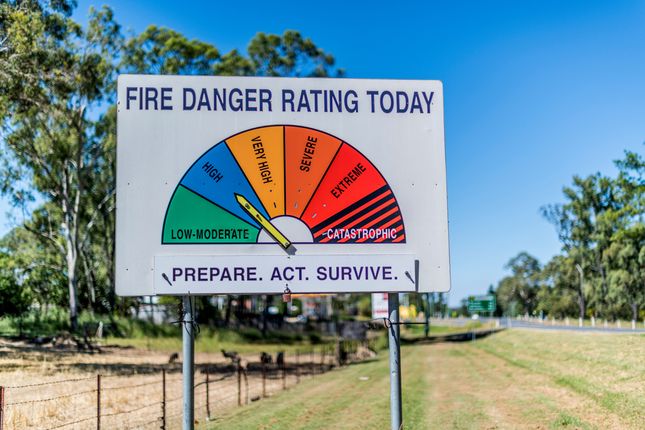By taking advantage of online resources, and asking the right questions, potential downsizers can help plan for bushfire safety before moving into a retirement community.
Typically, planning authorities won’t allow retirement communities - or indeed any new housing estates - to be constructed unless they meet a high standard of bushfire safety.
Nevertheless, it is always worth checking out - even for peace of mind purposes - the bushfire safety attributes of your proposed community before you move in. Bushfire safety is currently a major public issue, given the horror 2019-20 fire season across Australia.
Below are some of the ways you can plan for bushfire safety alongside your move into a retirement community.
Check out bushfire mapping
Australian States and Territories allow people to search for bushfire prone land. Below are links to the relevant websites:
Downsizing.com.au was unable to find a relevant online bushfire mapping resource for the Northern Territory.
The above online resources can be used to determine whether your proposed retirement community is located in, or near, bushfire prone land. While this information alone doesn't mean you will be safe from bushfires, it is informative.
Each State and Territory has different development assessment procedures for new developments in or near bushfire prone land.
For instance, NSW requires consent authorities to carefully consider safety issues when assessing proposals for new seniors housing developments near bushfire prone land, including the capacity of the local road network if an evacuation needed to happen.
Ask about emergency plans
The NSW Government has, since 1 July 2019, required retirement villages to ensure they have an emergency plan in place. This new legislative requirement was introduced after retirement village resident feedback was given to a government review that emergency planning, including for fires, could be strengthened.
The plan must include emergency procedures, including:
- an effective response to an emergency
- evacuation procedures
- notifying emergency service organisations at the earliest opportunity
- medical treatment and assistance, and
- effective communication between the operator and all residents in the village.
The government’s guidelines for these plans states that “operators must identify hazards for their particular village, without restricting the plan to only these hazards. For example, the village may be in a bush-fire zone or flood plain”.
The operator of a retirement village must ensure that an evacuation exercise for residents is carried out at least once each calendar year.
People thinking of moving into a NSW retirement village should ask to see a copy of this plan.
Downsizing.com.au was unable to find similar emergency plan requirements in Victorian, South Australian or Queensland retirement village laws.
The NSW Government’s legislation for residential land lease communities also states that operators must have emergency evacuation procedures in place.
Irrespective of the statutory requirements, it is always worth asking a representative of a potential retirement community what emergency planning is in place for bushfires.
See if the village operator has signed up to the Retirement Living Code of Conduct
From 1 January 2020, retirement village operators have the option of signing up to the Property Council of Australia’s Retirement Living Code of Conduct. To be compliant with the Code of Conduct, operators must agree to “maintain written policies and procedures concerning general safety and security, electrical safety, fire safety and emergency management.”
This means that, even if the State’s retirement village laws don’t require fire safety policies and procedures, the village operator has vountarily agreed to have them in place.
It may be worth asking a prospective retirement village whether they have signed-up to this code of conduct.


